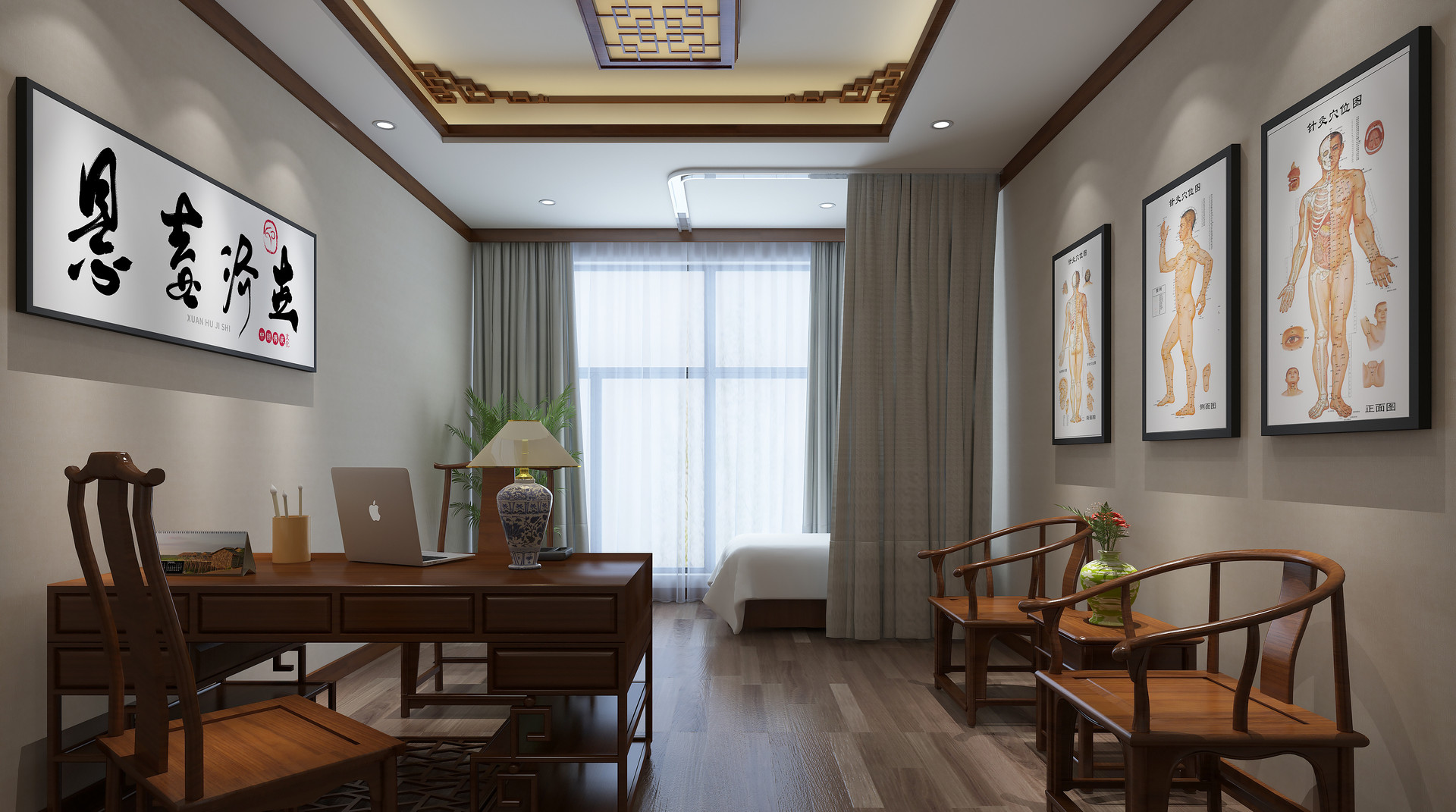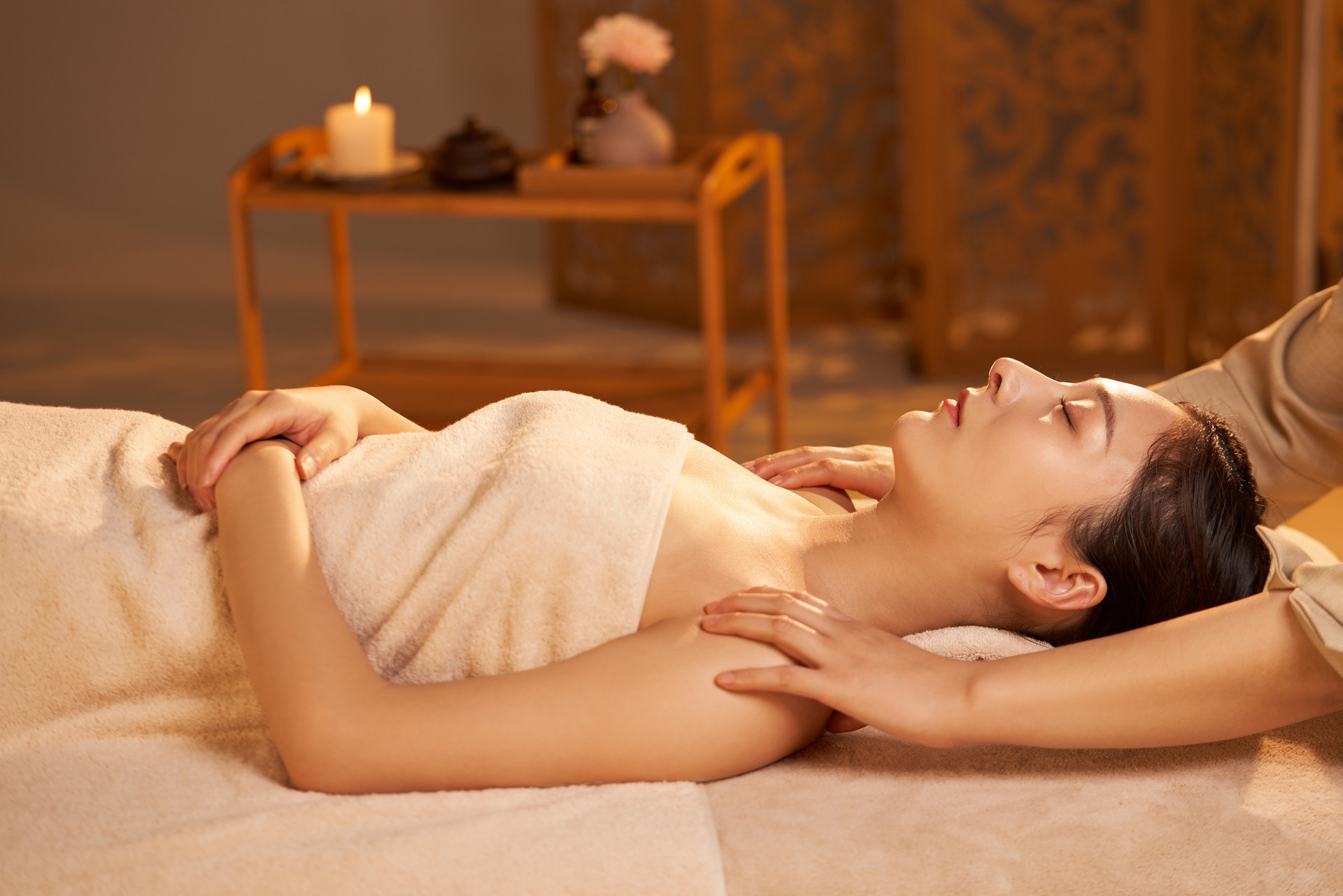Tuina is a form of external treatment in traditional Chinese medicine. It emphasizes the organic connection between the body surface and the internal organs through the meridians and acupoints based on the theories of traditional Chinese medicine. When the internal organs are diseased, it can be reflected on the body surface through the meridians. By stimulating the meridians and acupoints on the body surface, it can also transmit information to the diseased organs through the meridians, thereby exerting a therapeutic effect. The commonly used techniques of Tuina are as follows:
1. Pushing Technique
Apply pressure with fingers or palms on a specific area of the patient's body, pushing in a straight line in one direction. This technique is suitable for the head, face, limbs, and chest and abdomen. It functions to dispel wind, dispel cold, activate blood circulation, resolve stasis, regulate qi, relieve pain, and relax tendons and activate collaterals.
2. Grasping Technique
Oppose the thumb with any other finger or fingers, and lift and grasp a specific part or acupoint of the body in an alternating manner. This technique is suitable for the neck, back, and limbs. Its functions include awakening the mind, dispelling wind, dispelling cold, and relaxing tendons and activating collaterals.
3. Pressing Technique
Apply pressure with fingertips or palms on a specific part or acupoint of the body, press downward, and maintain a certain amount of pressure for a moment, then slightly knead and move. This technique is often used in combination with kneading technique. Finger pressing is suitable for acupoints all over the body, while palm pressing is suitable for the back, waist, and limbs. It functions to promote meridian circulation, relieve spasms, and regulate joints.
4. Rubbing Technique
Place the palm on a specific part of the body and make circular movements. It is mostly used on the abdomen, but can also be used on other parts of the body for severe injuries. It has the effects of relieving pain, promoting blood circulation, harmonizing qi and blood, regulating digestion, and resolving stagnation.
5. Kneading Technique
Use fingers, knuckles, palm heels, or palms to gently knead and rotate a specific part or acupoint of the patient's body. It is suitable for the head, face, chest and abdomen, and limbs. It functions to dredge meridians, reduce swelling, resolve stasis, relieve pain, and regulate the middle burner and stomach.
6. Rubbing Technique
Apply force with the root of the palm or the base of the fingers, and quickly rub back and forth on a long segment of the patient's body. It is often used with Tuina media such as red flower oil or ginger water. This technique has the effects of invigorating yang, promoting meridian circulation, promoting qi circulation, activating blood circulation, resolving stasis, dispelling wind, relieving pain, regulating the spleen and stomach.
7. Twisting Technique
Hold the patient's limb with both hands and exert force to twist and rotate in a fast and gentle manner, moving up and down. This technique has the effects of harmonizing qi and blood and relaxing tendons and activating collaterals. It is commonly used on the limbs and is often used as the final technique of Tuina.
8. Shaking Technique
The practitioner holds the far end of the patient's limb with one hand and supports the joint to be shaken (shoulder joint, wrist joint, hip joint) with the other hand. Use the joint as a fulcrum and make circular movements to shake the limb within its maximum range. This technique has the effects of lubricating joints, releasing adhesions, and restoring joint function. It is often used for hemiplegia, numbness of limbs, and frozen shoulder.
9. Twisting Technique
Oppose the thumb with the index finger, middle finger, or index and middle fingers, and pinch the patient's fingers or toes, making a rubbing motion. This technique has the effects of relaxing tendons and activating collaterals and lubricating joints. It is often used for hemiplegia, cervical spondylosis, and numbness and pain in the fingertips.
10. Pointing Technique
Press the fingertips, knuckles, or elbows on a specific part or acupoint of the patient's body and gradually exert downward pressure. It is commonly used for the epigastric region, back waist, and limbs. It has the effects of promoting meridian circulation, regulating the viscera, and activating blood circulation to relieve pain. It is suitable for abdominal pain, limb pain, and other conditions.
11. Vibrating Technique
Hold the far end of the patient's limb with both hands and shake it rapidly, continuously, and with small amplitude up and down. This technique has the effects of promoting meridian circulation, regulating tendons and bones, and facilitating joints. It is often used as a final technique in Tuina.
12. Patting Technique
Curve the five fingers slightly to form a hollow palm, and tap the affected area of the patient's body with moderate force. It is commonly used for the neck, shoulders, back, and limbs. It has the functions of regulating qi circulation and promoting blood circulation.












